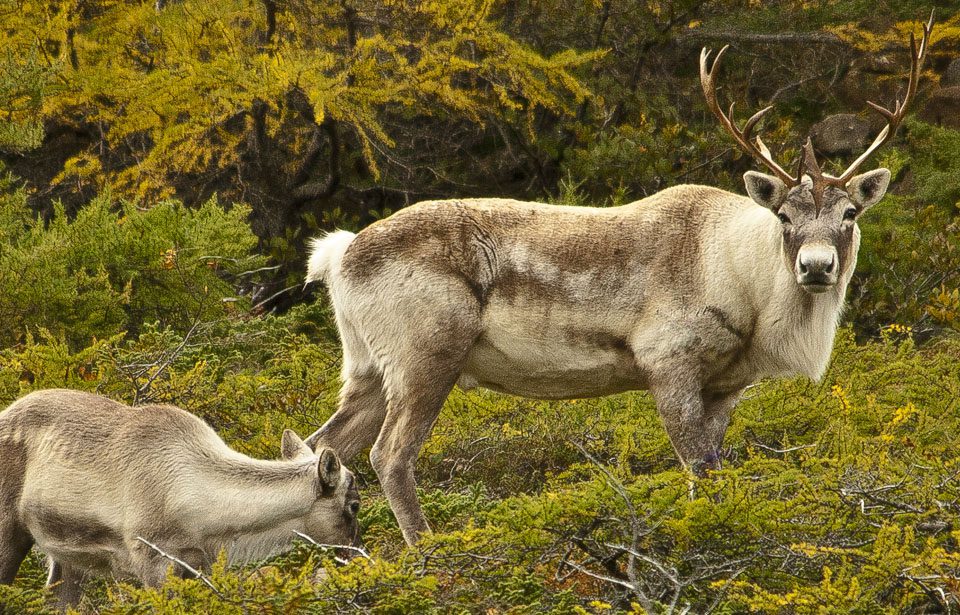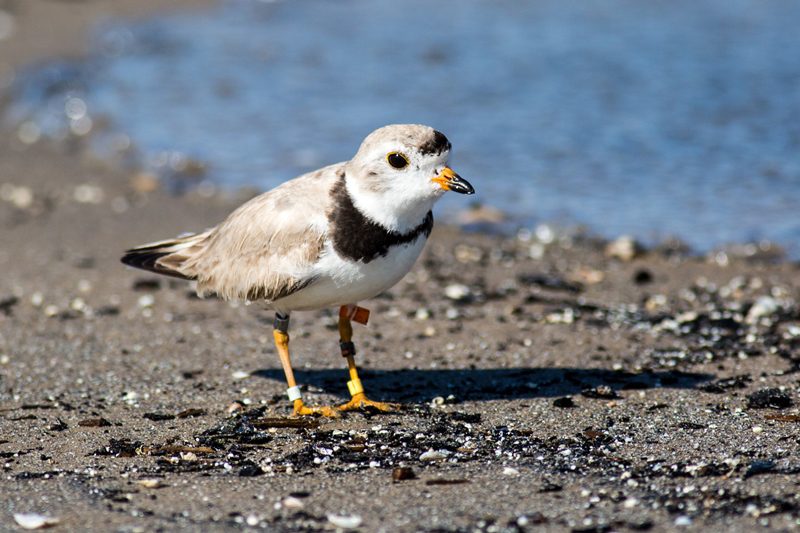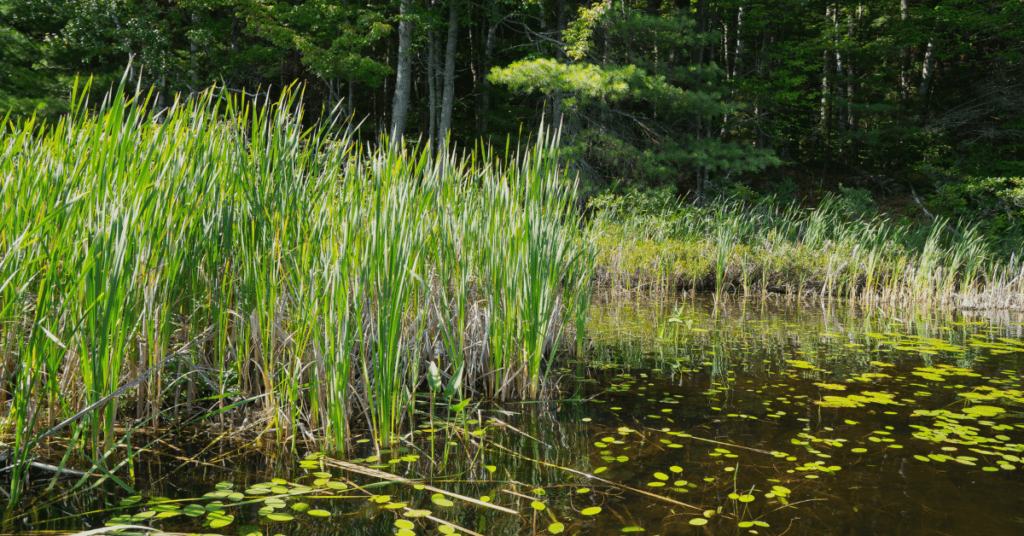In February, we raised the alarm that the Endangered Species Act (ESA) appeared to be the next environmental law in the Ontario government’s anti-environmental cross hairs. The discussion paper from earlier this year which aimed at finding “efficiencies for business,” has evolved into a proposal which reads like a sprawl developer’s wish list.
We have to act fast. Sign the petition demanding that the government withdraw the proposed changes to the Endangered Species Act.
On Thursday afternoon, the Ministry of Environment, Conservation and Parks announced proposed changes to the ESA that would make the law completely useless for actually protecting species at risk. The changes propose a thorough gutting of the law that made it possible to identify vulnerable species, protect them and their habitat, and give them a shot at survival and recovery.
At the request of industry and sprawl developers, the Ontario government has proposed several major changes, each of which with its own set of consequences.
Here are some of the biggest changes, and the things you should know:
Pay-to-Slay
Under the new law, industry will be able to pay a fee instead of doing their part to protect species that will be killed or have their habitats destroyed by the project. The government’s statements that funds could be used for research on how to protect the species elsewhere is a non-starter, as we know that habitat loss and degradation is the number one reason species are ending up endangered in the first place. This provision will give the green light to irreparable habitat destruction.

Exist in a US state or another province? Then you won’t get protected in Ontario
If a species exists elsewhere the world, they could no longer be protected in Ontario. In the new rules, if a species has healthy populations elsewhere, we might stop protecting them in Ontario even if they are extremely endangered here. This change will have devastating consequences for migratory animals, and many who live in Southern Ontario at the northern extent of their range. This will lead to species not only being lost to the province (and on the path to extinction), but will also reduce their genetic diversity and resilience at the population level, further exacerbating the global biodiversity crisis. Globally, we’re losing species at a rate 1,000 to 10,000 times higher than the natural extinction rate, with 30 to 50 per cent of all species on the track to extinction before mid-century.
Industry, and science deniers, get to help decide which species are listed for protection, with no science qualifications
Under the ESA, important decisions about which plants and animals are at risk, and their category of risk (whether threatened or endangered), is made by the Committee on the Status of Species at Risk in Ontario (COSSARO). The committee is made up of expert scientists, and those with aboriginal traditional ecological knowledge.

Under the new rules, COSSARO membership will be opened up to those with “community knowledge”. This means individuals with no background in ecology or endangered species would be allowed to sit on the committee. We know from comments made by the Mayor of South Bruce Peninsula that there are unqualified people who’d relish the opportunity to kick species off the endangered species list and influence decisions on COSSARO. COSSARO must remain a science-based decision making body and not be opened to those representing industry or those who dismiss the findings of scientific research and ecology.
Delay until death
Finally, the new rules allow the Minister to halt protections for newly listed endangered species for up to 3 years to allow projects to go ahead without having to worry about the endangered plants and animals in their way. This change effectively makes species protection a political decision, and if an animal is discovered as critically endangered in the path of a project, delaying action for 3 years could mean they’re gone from Ontario or even go extinct before we even try to save them.
These are only some of the proposed changes, which are open for public consultation under the Environmental Bill of Rights until May 18. We must be as clear and convincing as possible now in order to protect endangered plants and animals, and give them a fighting chance in our province.
Take action, talk to your MPP and make it clear: our Ontario is not for sale.









